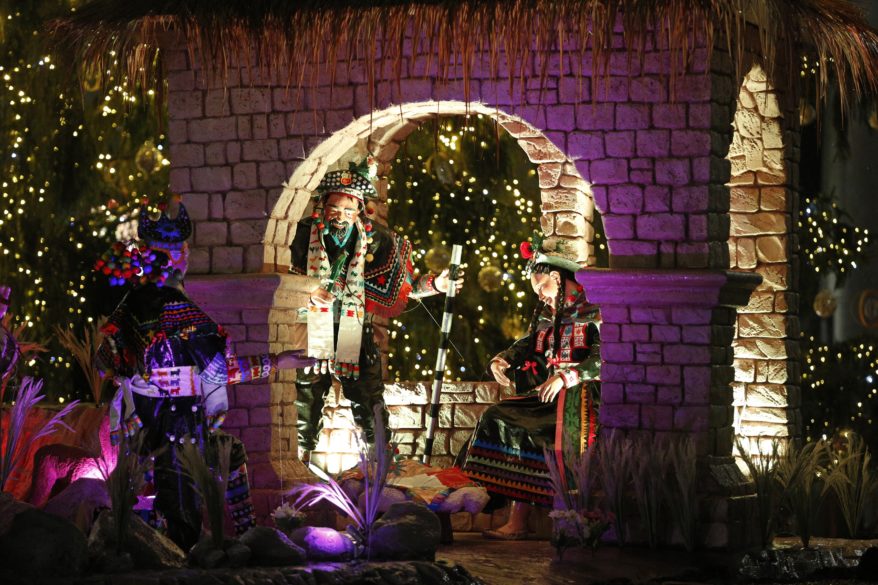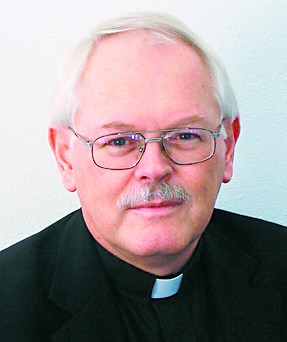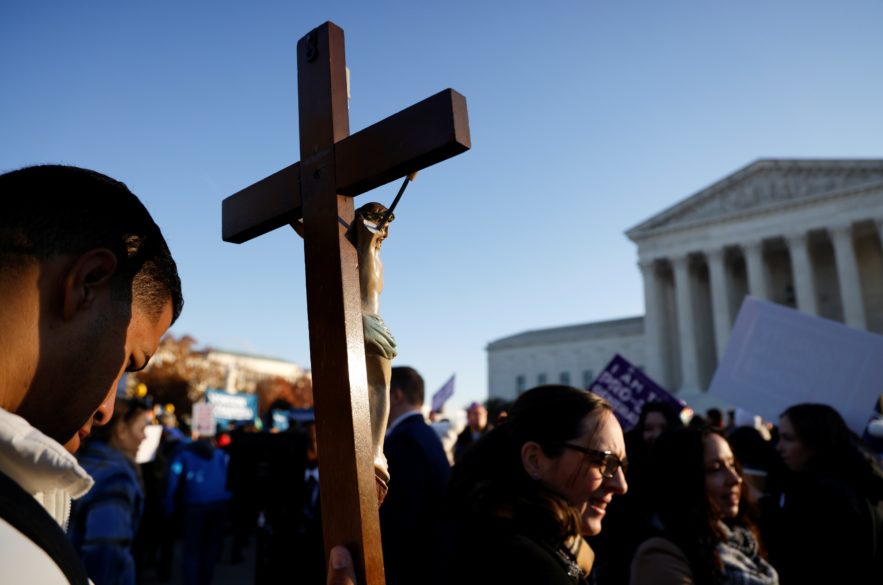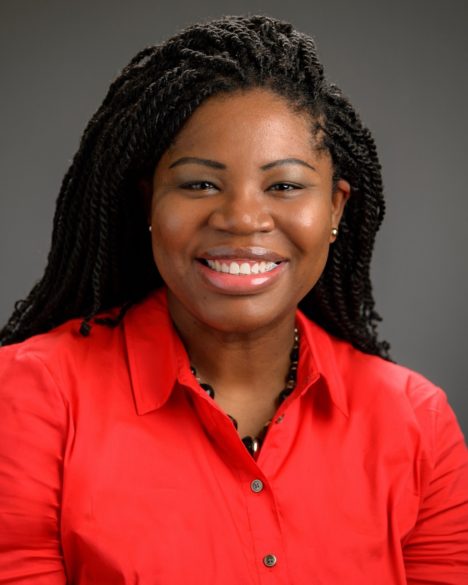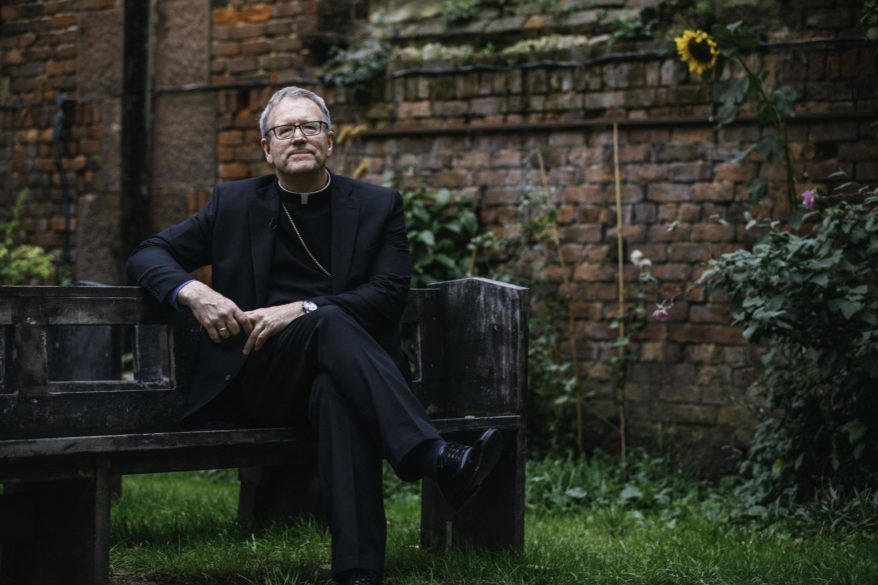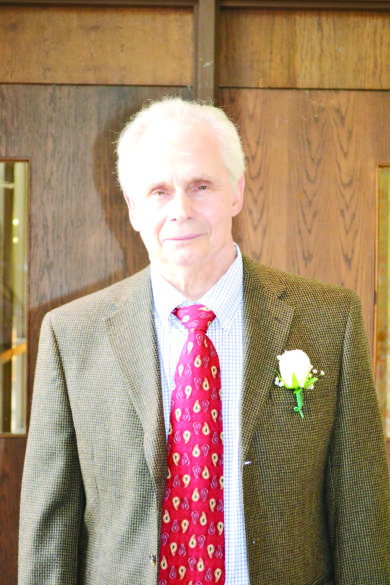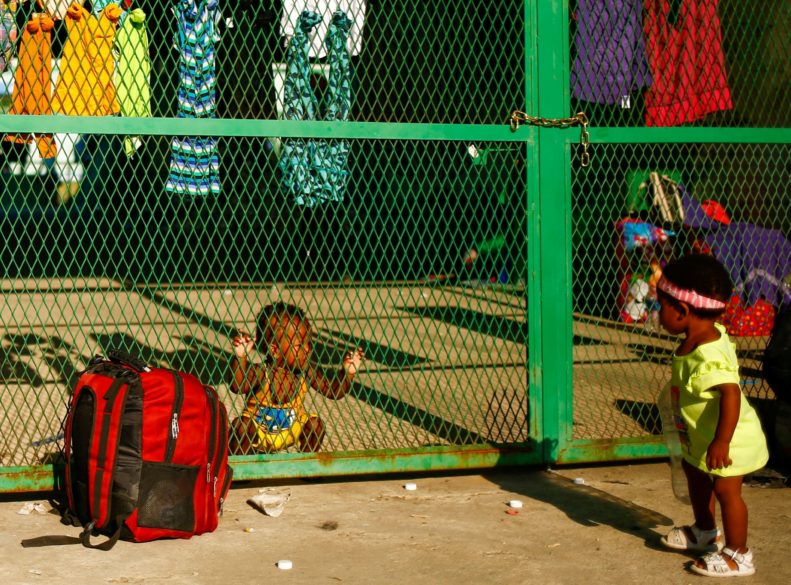Por Obispo Joseph R. Kopacz, D.D.
La celebración de la Encarnación, comienzo de la culminación del plan de salvación de Dios para la humanidad, se celebrará en todo el mundo cristiano el fin de semana en la solemnidad de Navidad. En muchos países, el nacimiento del Señor se conmemorará en el hogar o en grupos familiares más pequeños, pero para la mayoría de los fieles, habrá reuniones alegres en iglesias con una amplia gama de idiomas y costumbres. Para las multitudes que sí “van a la iglesia”, será para la celebración del sacrificio de la Misa, la Divina Liturgia, la Sagrada Eucaristía, para dar gracias a Dios que tanto amó al mundo que envió a su único Hijo. (Juan 3:16)
El próximo fin de semana tendrá lugar el desafío pastoral en el mundo católico de coordinar el horario de las Misas de Nochebuena, día de Navidad y las Misas del domingo, fiesta de la Sagrada Familia. Pero sean cuales sean las Misas a las que asistamos, no perdamos de vista uno de los misterios más sublimes de nuestra fe en el Señor Jesús, el vínculo entre su nacimiento, la Encarnación y la Misa, cuando y donde celebramos su muerte y resurrección.

El vínculo entre las palabras del prólogo del Evangelio de Juan y las palabras de consagración de los otros tres evangelistas, Mateo, Marcos y Lucas, así como de San Pablo, es esclarecedor.
Del prólogo:
– “Aquel que es la Palabra se hizo hombre y vivió entre nosotros. Y hemos visto su gloria, la gloria que recibió del Padre, por ser su Hijo único, abundante en amor y verdad.” (Juan 1:14)
– El mismo Señor transmitió a la Iglesia, comenzando por la Última Cena y para siempre, sus palabras de institución y consagración. (Mateo, Marcos, Lucas y San Pablo) “Mientras comían, Jesús tomó en sus manos el pan y, habiendo dado gracias a Dios, lo partió y se lo dio a los discípulos, diciendo: Tomen y coman, esto es mi cuerpo. Luego tomó en sus manos una copa y, habiendo dado gracias a Dios, se la pasó a ellos, diciendo: Beban todos ustedes de esta copa, porque esto es mi sangre, con la que se confirma la alianza, sangre que es derramada en favor de muchos para perdón de sus pecados.” (Mateo 26:26-28)
– Varios capítulos más adelante en el Evangelio de Juan, el Señor enlazó inquebrantablemente su Encarnación con la Eucaristía. “¡Yo soy ese pan vivo que ha bajado del cielo; ¡el que come de este pan, vivirá para siempre! El pan que yo daré es mi propia carne. Lo daré por la vida del mundo.” (Juan 6:51)
A lo largo de la temporada navideña, la octava de Navidad y su intervalo sagrado hasta el 9 de enero de 2022, la fiesta del Bautismo del Señor, hay tiempo suficiente para apreciar la plenitud de nuestra fe en el Hijo de Dios.
Jesucristo es la verdadera luz que ha venido al mundo para que a quien lo acepte se le conceda el poder de ser hijo de Dios. Cada vez que nos reunimos, la iglesia como su Cuerpo, en la Misa Cristo resucitado nos revela su gloria, la gloria como del Hijo único del Padre, lleno de gracia y de verdad.
Siempre que alguien dude o rechace la presencia real de Cristo resucitado en el pan y el vino, lo que puede ocurrir por muchas razones, un buen lugar para volver a visitar es la Encarnación del Hijo de Dios.
En el poder del Espíritu Santo, oren pidiendo la gracia y la verdad de ver con los ojos del corazón la humanidad y la divinidad del niño Jesús, y del Señor crucificado y resucitado. Él brilla en gloria en su cuerpo resucitado a la diestra del Padre e intercede en nombre de su Cuerpo, la Iglesia en este mundo.
Por supuesto, él querría alimentarnos con comida y bebida excepcionales, su propio cuerpo y sangre, comida para el viaje.
Mientras, lidiamos con este sublime misterio en varios intervalos a lo largo de nuestra vida; oramos unos por otros para perseverar, como individuos, familias y amigos con los pies firmemente plantados en la buena creación de Dios y creer como hijos del Altísimo, que nunca pierden de vista el horizonte desde donde se te hace señas de vida eterna.
¡Feliz Navidad y paz en la tierra para con todos los hombres de buena voluntad!


